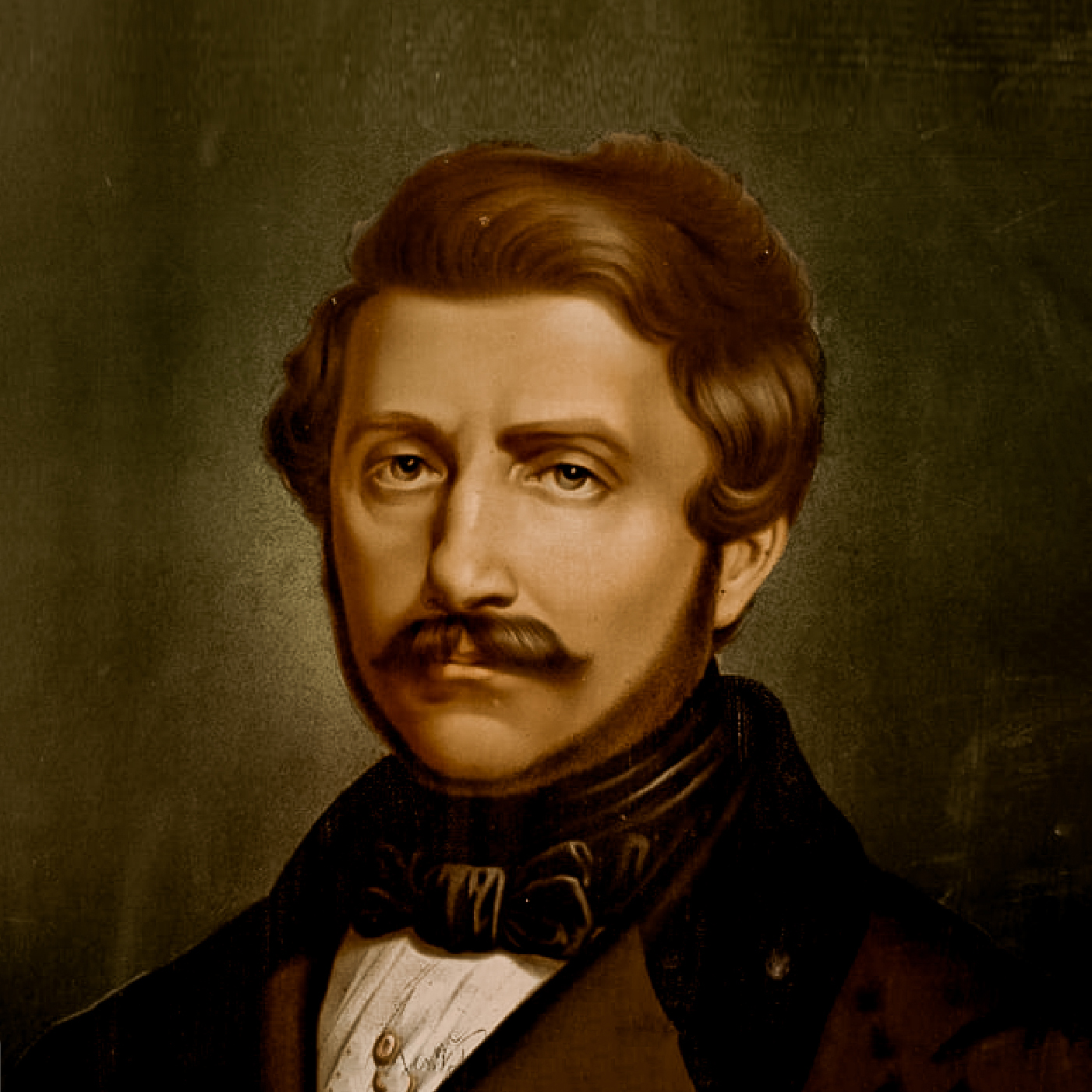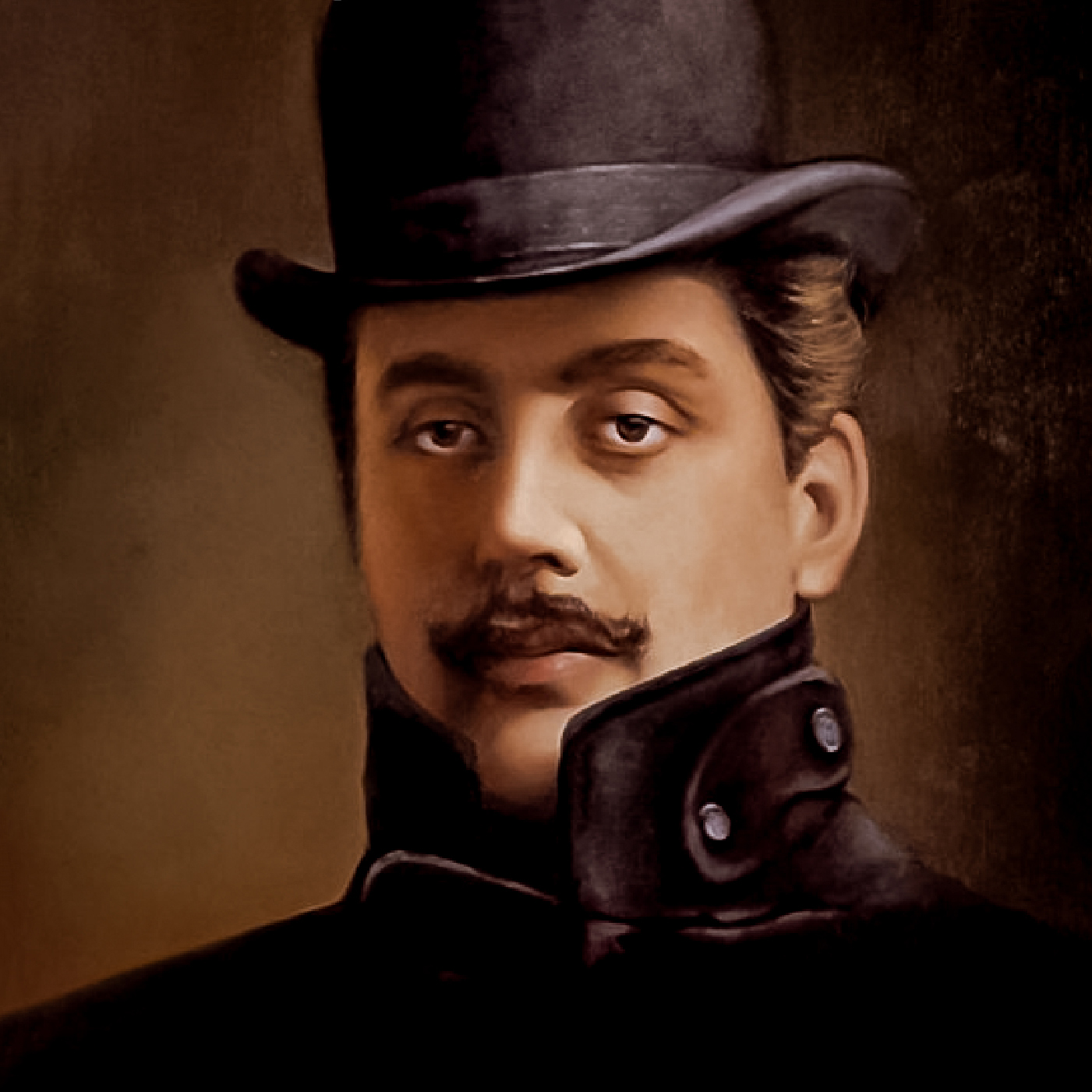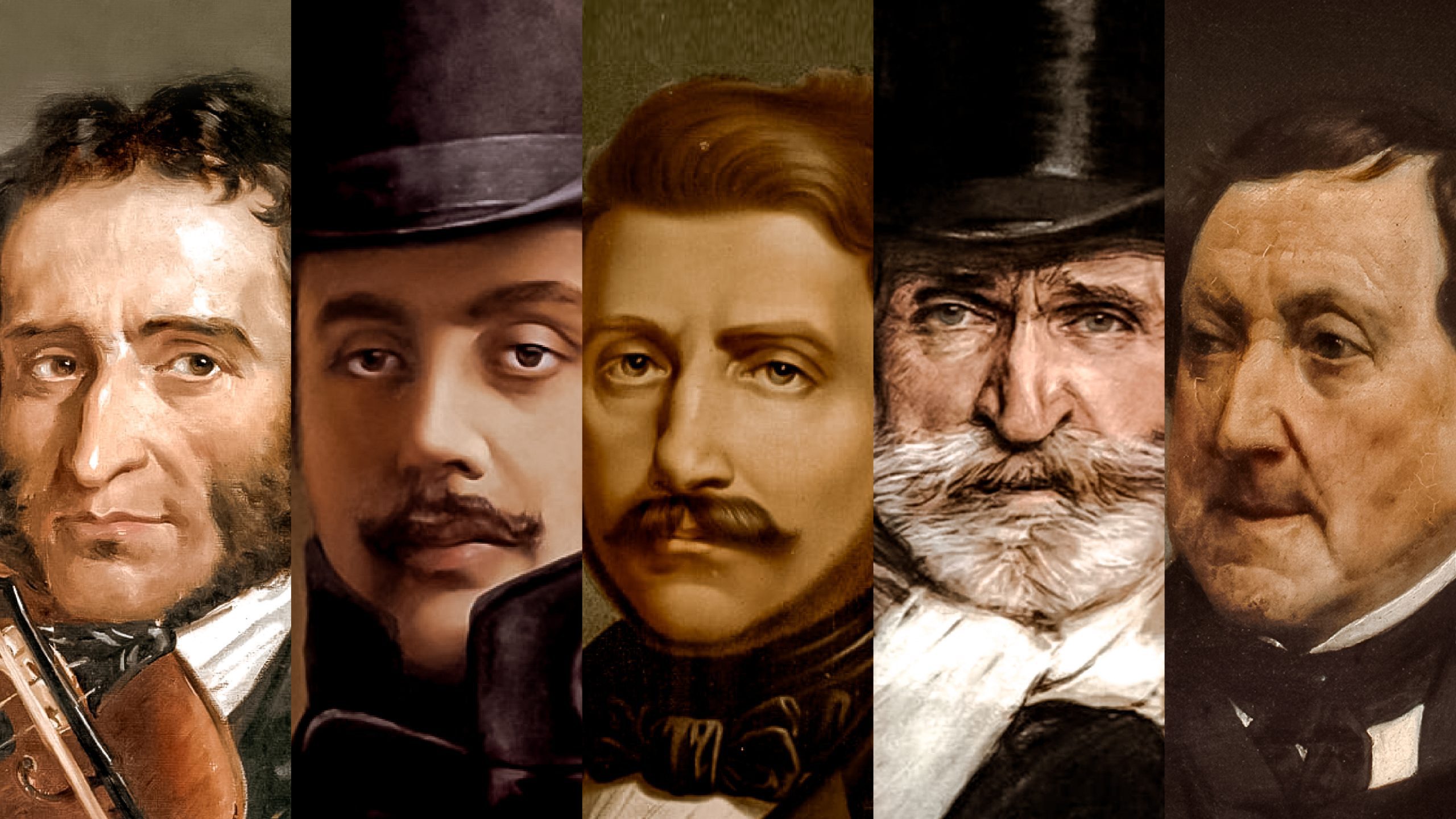There are few countries that rival Italy in the arena of musical contribution. From directional terms like forte, crescendo and legato, to the invention (Cristofori's piano) and crafting (Stradivarius violins) of instruments, Italians have revolutionized the art over hundreds of years. And it's no secret that composers have been among the country's greatest gifts to humanity.
In a continuation of our series, we're looking at a second group of these magnificent musicians who stirred up drama and emotion during the 19th century's Romantic Period.
(And in case you missed it, here's Part One!)
PAGANINI (1782-1840)

Arguably the greatest violinist that ever lived, Niccolò Paganini was born in Genoa in 1782. He was a child prodigy who began his studies under his father’s tutelage and was touring nationally by the age of 15. Renowned for his incredible memory and ability to play 12 notes per second, he was nicknamed “The Devil’s Violinist” by those who thought he’d struck the ultimate bargain to secure superhuman talent. It’s since been attributed to Marfan Syndrome, a disorder that results in longer fingers, and Ehlers-Danlos Syndrome, which increases flexibility. Sadly, Paganini suffered with many health issues that weren't helped by his love of wine and women. Despite recovering from syphilis and tuberculosis in mid-life, he ultimately fell prey to larynx cancer at age 58. He is best known for his 24 Caprices.
ROSSINI (1792-1868)

Giachino Rossini was born in Pesaro in 1792 to musician parents – a singer mother and trumpeter father, though he would personally gain fame as a composer of almost 40 operas. One of his best known, The Barber of Seville, is an example of opera buffa, a comedic genre that was popular in the classical and early romantic periods, and a style at which the young Rossini excelled. Between 1823 and 1855, he would move to and from France, visiting London in between. And it was following his first move to Paris that he composed his final opera, William Tell, in 1829 at the age of 37. Much to the bafflement of musical scholars, Rossini chose not to write much at all during the last 39 years of his life, a consequence of both his financial stability and ill health. He died in Paris of colorectal cancer in 1868, though his remains were moved to Florence nine years later.
DONIZETTI (1797-1848)

Born in Bergamo in 1797, Gaetano Donizetti was an opera composer famous for continuing the bel canto style of Giachino Rossini, while paving the way for the musical masterpieces of Giuseppe Verde. Bel canto (translated as “beautiful singing”) was popular from the mid-18th to early 19th century and showcases a singer’s vocal agility via embellishments and runs up and down the scale. The last of such composers (along with his contemporary Vincenzo Bellini) to create in this light and airy fashion, Donizetti wrote over 60 operas, the best known of which include Lucia di Lammermoor and Don Pasquale. However, despite musical success that spanned Europe, he wasn't as fortunate with his health. Donizetti succumbed to syphilis (like his wife and children before him) in April of 1848 at the age of 51.
VERDI (1813-1901)

Inspired by the literary greats, including Shakespeare, Dumas and Hugo, Giuseppe Verdi was one of the most consequential opera composers of the Romantic period. He was born near Busetto, then part of the French Empire, in 1813, and studied composition from childhood. His first “hit”, Nabucco, was performed at La Scala in 1842 and served to put him on the map. It would debut across Europe in the three years following and make its way to New York in 1848. Rigoletto, Il Trovatore and La Traviata, other works for which he’s best known, were products of the 1850s, and Aida premiered in Cairo in 1871, commissioned in honor of the Suez Canal’s opening. Verdi’s legacy includes a move from the bel canto tradition to a more dramatic and expressive form of opera, and he experimented with rhythm and greater orchestral prominence without sacrificing the vocals of his characters. In addition to his operas, Verdi’s Requiem, written in memory of poet Alessandro Manzoni, is among his most beloved works. He himself died of a stroke in 1901 and was buried in Milan. Verdi’s funeral remains to this day the largest public assembly in Italian history.
PUCCINI (1858-1924)

Technically a post-romantic composer, Giacomo Puccini was born in Lucca in 1858 and is known for his verismo (realism) style. He was inspired by an 1876 performance of Verdi’s Aida to venture into the world of opera and his most celebrated works include La Bohème, Tosca, and Madama Butterfly. In contrast to the preceding musical period that focused on history and myth, verismo storylines centered on every day contemporary issues such as poverty, violence, and even sordid relationships. This said, Puccini did not write exclusively in the style. His final opera, Turandot, famous for the aria Nessun Dorma, was incomplete when he died of throat cancer in Brussels in 1924. It was completed by Franco Alfano in 1926 and performed posthumously at La Scala with Arturo Toscanini conducting. Puccini’s body was returned to Torre del Lago in Tuscany, his home of over 30 years.


